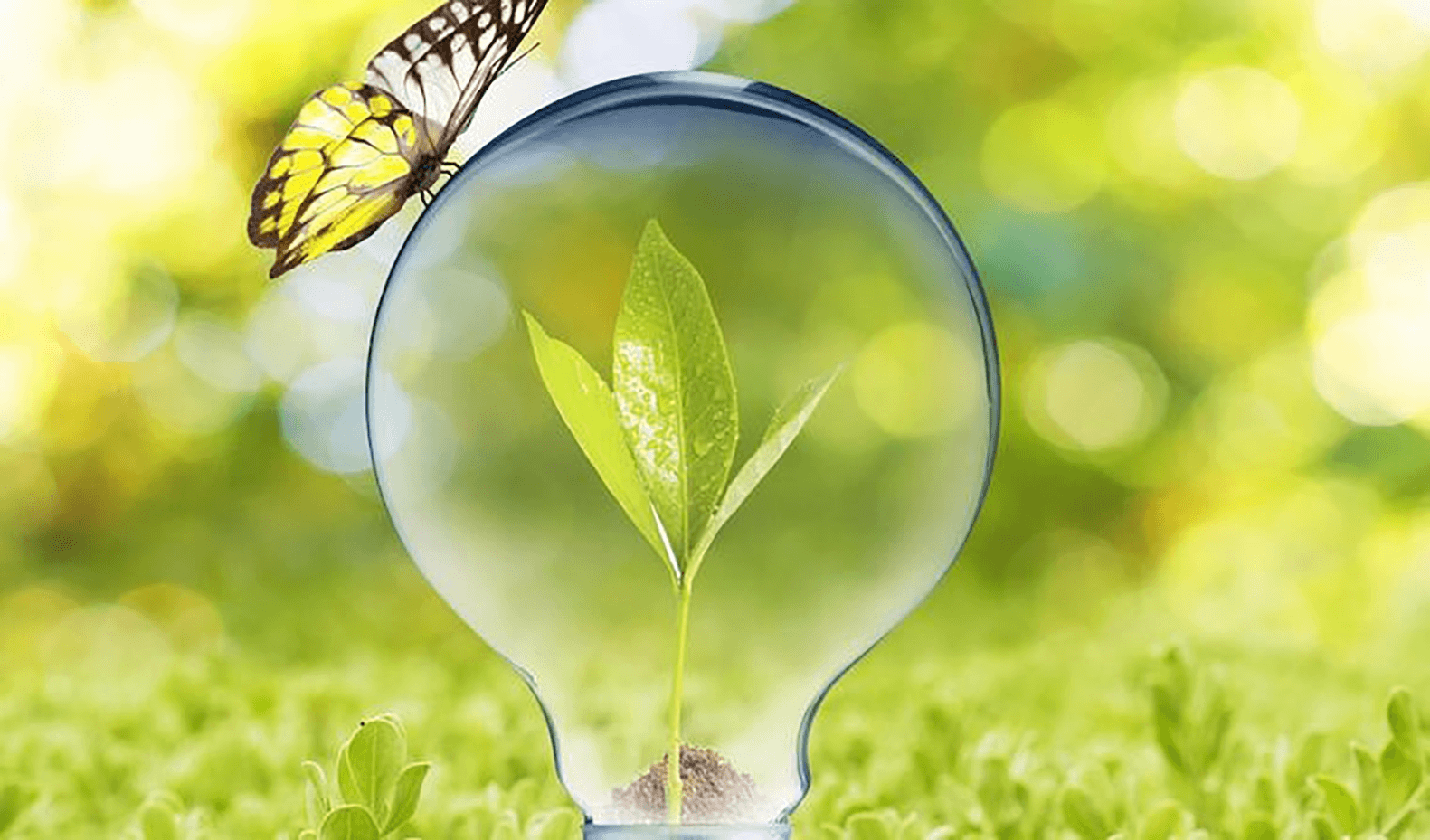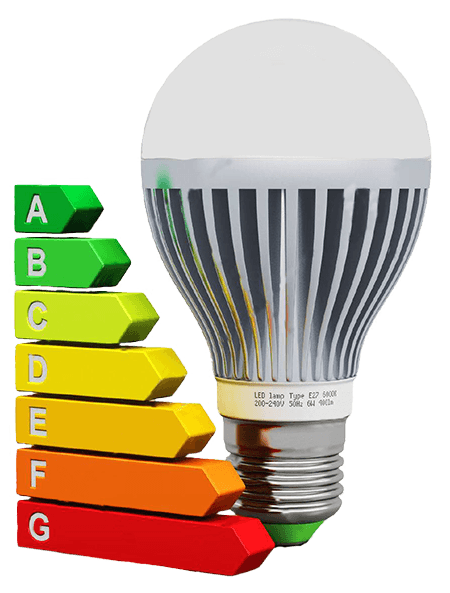 People have used street lighting for over 300 years. With the scientific and technological progress, the design of the luminaires has changed constantly: from candles and kerosene lamps to modern LEDs. And if at first only some cities were illuminated, now it is difficult to find a settlement without the usual light pillars with streetlamps. Many metropolises appeared, the number of inhabitants totaling tens of millions of people, and the population of the planet exceeded 7 billion. As a result, the number of streetlamps has increased, and in large cities it is about one million or more. And this is in only one city! On average, 12% of the city’s electricity is consumed in city lighting. And this is a very significant amount. Therefore, the issue of reducing electricity costs is currently getting a lot of attention. In addition to the economic component, the focus in this issue is on the environment. Indeed, a significant part of the electricity is still generated at the thermo central plants – 66%. And when burning fossil fuels, carbon dioxide – CO2 is produced. Carbon dioxide is one of the greenhouse gases. These gases block the reflected heat that is received by the planet from the Sun and stays in the atmosphere, which leads to global warming. Greenhouse gases are an important component involved in shaping the climate of our planet. The temperature on Earth depends on the quantity of these gases in the atmosphere. Without them, the average temperature on Earth would be -19°C. As the proportion of greenhouse gases in the atmosphere increases, the temperature on the planet increases.
People have used street lighting for over 300 years. With the scientific and technological progress, the design of the luminaires has changed constantly: from candles and kerosene lamps to modern LEDs. And if at first only some cities were illuminated, now it is difficult to find a settlement without the usual light pillars with streetlamps. Many metropolises appeared, the number of inhabitants totaling tens of millions of people, and the population of the planet exceeded 7 billion. As a result, the number of streetlamps has increased, and in large cities it is about one million or more. And this is in only one city! On average, 12% of the city’s electricity is consumed in city lighting. And this is a very significant amount. Therefore, the issue of reducing electricity costs is currently getting a lot of attention. In addition to the economic component, the focus in this issue is on the environment. Indeed, a significant part of the electricity is still generated at the thermo central plants – 66%. And when burning fossil fuels, carbon dioxide – CO2 is produced. Carbon dioxide is one of the greenhouse gases. These gases block the reflected heat that is received by the planet from the Sun and stays in the atmosphere, which leads to global warming. Greenhouse gases are an important component involved in shaping the climate of our planet. The temperature on Earth depends on the quantity of these gases in the atmosphere. Without them, the average temperature on Earth would be -19°C. As the proportion of greenhouse gases in the atmosphere increases, the temperature on the planet increases.One of the reasons that led to the recent global warming is the increase in the share of carbon dioxide in the atmosphere.
Carbon dioxide is very soluble in water, and the seas and oceans are a good “battery” for it. But carbon dioxide has a feature: its solubility in water decreases with the increase of temperature. As a result of human actions, there is more carbon dioxide in the atmosphere, the temperature on the planet increases, and as the temperature rises, the seas and oceans cannot hold that carbon dioxide that is already dissolved and begins to emit, which leads to further growth of the temperature and of the greenhouse effect. It turns into a vicious circle and the temperature on the planet can increase exponentially.
An example of what the greenhouse effect can bring is even the neighboring planet of the Earth from the solar system – Venus. As a result of increased volcanic activity on Venus, much carbon dioxide was released. So much, that, as a result of greenhouse effect, the temperature on the planet is now about 450°С. At this temperature, the lead melts!
Under the leadership of American scientist Charles Killing, from 1958, carbon dioxide in the atmosphere began to be measured. The results of the research showed a constant increase of the CO2 content and the growth graph is correlated with the dynamics of the burning of fossil fuels.
The Venus scenario is, of course, an extreme case. But even a smaller greenhouse effect on our planet can lead to very serious global problems, such as sea level rise, climate change, floods and crop damage. Therefore, the time has come for humanity to think seriously about ways to reduce carbon dioxide emissions into the atmosphere.
 One of these methods is to reduce the amount of fossil fuel burned, because when 1 kilowatt of electricity is produced, 0.5 kilograms of carbon dioxide is released. To achieve this, it is necessary to reduce the amount of electricity consumed, for which, in turn, it is necessary to use more economical electrical appliances.
One of these methods is to reduce the amount of fossil fuel burned, because when 1 kilowatt of electricity is produced, 0.5 kilograms of carbon dioxide is released. To achieve this, it is necessary to reduce the amount of electricity consumed, for which, in turn, it is necessary to use more economical electrical appliances.The use of LEDs in lighting is one of the ways to reduce carbon dioxide emissions into the atmosphere and reduce the greenhouse effect. Indeed, in addition to the fact that LED lamps are 1.5 to 2 times more effective than traditional lighting (HPS and Mercury Vapor lamps), they also can control the brightness. This allows you to reduce energy consumption for lighting in times when no bright light is needed. This technology is called Smart Light, or Intelligent light, and saves 25-30% more energy and further reduces carbon dioxide emissions. This is due to Internet of Things technology. In the European Union countries this project is considered very promising. And not in vain: the complete transition of street lighting in European countries to LEDs using Smart Light technology will reduce energy consumption by 9.4 TWh, and this is the energy consumption of a country like Portugal over a period of 5 years!
In addition to the greenhouse effect, outdated lamps present another danger. When producing certain types of lamps used in lighting, harmful substances are used. For example, in the manufacture of Mercury lamps, or HPS (sodium) lamps, mercury is used – a very toxic substance. In addition to mercury, sodium is used in the manufacture of HPS lamps – a substance that is equally harmful to humans. Therefore, these lamps cannot be recognized as environmentally friendly and cannot simply be disposed of with household waste, they must be transported to special processing points. For this reason, according to the Minamata Convention on Mercury, the production, import or export of lamps with Mercury will be banned from 2020, and in the countries of the European Union a directive on energy efficiency has been developed, according to which the HPS lamps will be put out of circulation.
In terms of ecology, the most favorable indicators are LED lamps. They contain no harmful substances and can be easily recycled. The most environmentally friendly LED technologies are called “Green” LEDs. If we talk about light sources, then LED technology is the greenest of them. Therefore, they are considered as a promising light source in the future, which will soon replace all other types of street and home lighting. And it is correct. The ecological resources of the planet are already ending. Any opportunity to reduce the burden on the planet’s ecosystem should be used. Even though the light of the LED lamps is white, these are the ones that help our planet stay green!
